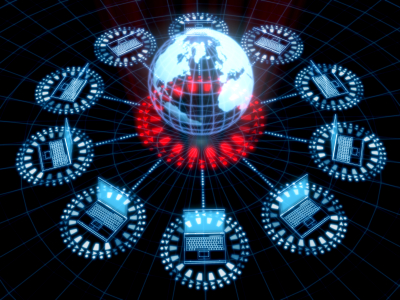Supporting IoT's Push to the Edge
By: Bob DeSantis

We’re living in a fascinating time to watch data networks evolve.
It wasn’t long ago that the industry was taken by storm by cloud computing, and now—before many enterprises have even begun to leverage that model—we’re on to the next thing, turning the cloud approach on its head with talk of edge and fog computing.
In just a few years, edge has started to take hold—at least of conversations and, increasingly, budgets.
“It’s really gone from a conceptual idea to something that people are working on and rolling out, trialing,” Caroline Chan, Vice President and General Manager of the 5G Infrastructure Division at Intel, said in this recent discussion. “It’s becoming real; now we need to go into the implementation phase.”
And of course, the way internet infrastructure evolves has everything to do with the changing workloads that networks must store and process, and one of the most revolutionary shifts with regard to the amount and complexity of network data comes with the advent of IoT. Though IoT isn’t the only burgeoning trend that edge computing will support (the list also includes OTT video, streaming media, 5G and more), it is arguably the most substantial application for the near term.
IoT Travels to the Edge
IDC has predicted that we’ll have 30 billion connected “things” by 2020 and a $1.7 trillion revenue opportunity on our hands. Are we really seeing the market movement to back that up?
According to a 451 Research report commissioned by Vertiv, 98 percent of 700 enterprise decision-makers reported having IoT projects underway or in the pre-deployment phase. Nearly three-fourths of them estimated that up to 75 percent of their IT capacity will power IoT initiatives.
The survey results also put numbers to a significant expected shift in IoT data storage: 71 percent of participants reported storing IoT data on premises currently, and that number is expected to drop to 27 percent in only one year. Enterprises are migrating their IoT data out of company-owned facilities—and fast.
That’s because the conventional, centralized model for data storage and compute simply won’t work for IoT. For applications and workloads that require ultra low latency, “the direct device-to-cloud model is insufficient or uneconomical,” the report states.
IoT Drivers
Vertiv also identified four archetypes that account for most edge use cases:
-
Data Intensive: applications requiring a reduction in bandwidth costs or latency between the cloud and endpoints
- Human-Latency Sensitive: latency negatively affects humans’ experience when using a technology or service in these applications
- Machine-to-Machine Latency Sensitive: similar to the above, but machines require even lower latency than humans
- Life Critical: these applications affect human safety or health
You can see how use cases from autonomous vehicles and augmented and virtual reality to smart cities and wearable technology could fit into these categories. This breakdown illustrates the main benefits of edge computing, and the reason why it’s so integral to the success of IoT. Lowering latency, minimizing bandwidth costs and boosting data privacy is all made possible by processing and storing more data on edge devices and gateways versus sending all of it to the cloud. Since sustainable IoT networks require the most efficient bandwidth use possible (especially considering the sheer volume of IoT data that will be churning through networks worldwide) and extreme levels of privacy and security, the benefits edge computing provides fit the bill perfectly.



















